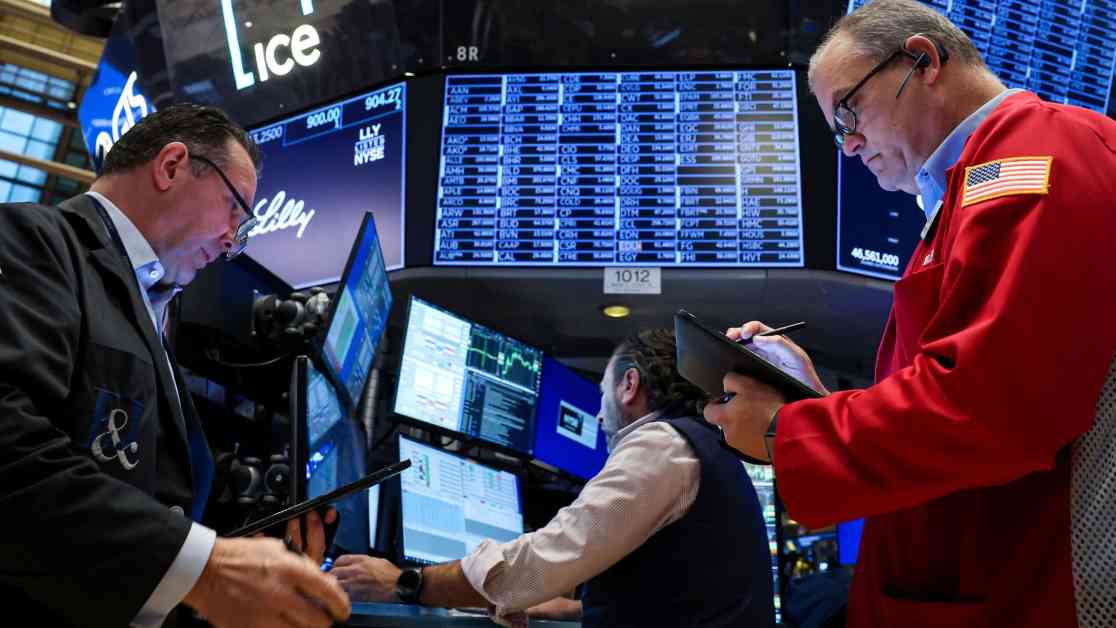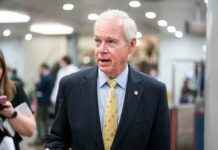Stock market trends after a presidential election have historically shown that while there is usually an overall increase in stock prices, there can be some short-term volatility immediately following the election. Looking back at data from 1980 onwards, the S&P 500, Dow, and Nasdaq have all seen gains by the end of the year in the election year. However, the days and weeks following the election have often seen declines before recovering within a month.
For example, in 2020, the S&P 500 saw gains of 2.20% the day after the election and 5.23% within a week. The Dow also experienced a similar pattern with gains of 1.34% the day after the election and 7.06% within a week. The Nasdaq, known for its tech-heavy focus, saw even higher gains post-election, with 3.85% the day after and 3.52% within a week.
Despite these initial gains, it’s important for investors to be prepared for potential short-term fluctuations in the market, especially this year due to the uncertainty surrounding the presidential race. With a close race and the possibility of delayed results, the market may experience increased volatility as investors await clarity on the political landscape.
Amy Ho, executive director of strategic research at JPMorgan, highlighted that uncertainty could persist as the election results are certified. This uncertainty, coupled with the strong performance of the stock market in 2024 thus far, makes it crucial for investors to stay informed and cautious in their decision-making.
Looking at the bigger picture, 2024 has been a standout year for stocks, with gains of about 20% leading up to the election. This marks the strongest performance in the first 10 months of a presidential election year since 1936, showcasing the resilience and growth potential of the market amidst various challenges.
As we navigate the post-election landscape and await the final results, investors should remain vigilant, diversified, and prepared for potential market fluctuations. By staying informed and adapting to the changing environment, investors can make well-informed decisions that align with their long-term financial goals.
















